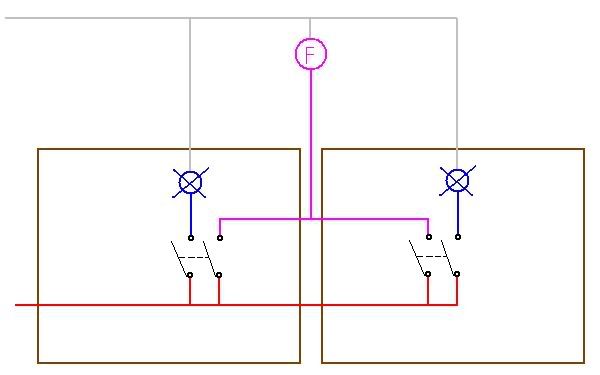Cow
Senior Member
- Location
- Eastern Oregon
- Occupation
- Electrician
It seems like all this could be cleared up with an occupancy sensor in each bathroom. Then you know the fan will always come on when either bathroom is occupied with the bonus of making sure it's always shut off too.




